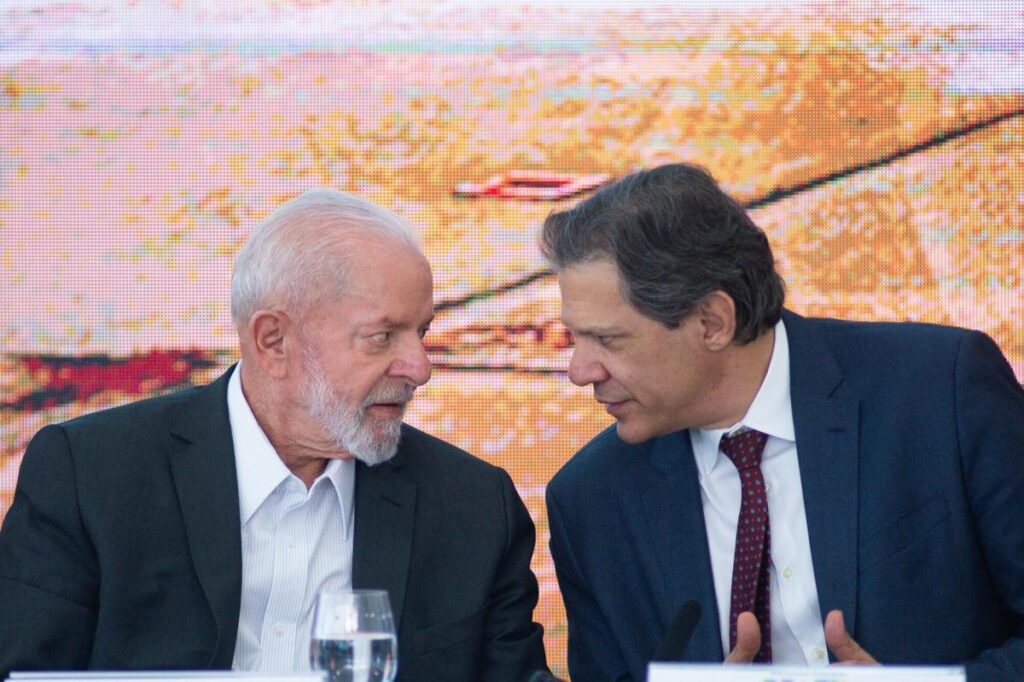Brazil’s government is poised to announce significant measures aimed at reducing spending in 2024, as stated by Planning and Budget Minister Simone Tebet. This initiative comes as part of an effort to alleviate growing investor concerns regarding the nation’s fiscal health. Though detailed specifics remain scarce, Tebet indicated that the government is assessing over 30 potential measures, with one proposal alone estimating potential savings of approximately 20 billion reais (about $3.5 billion). Despite the government’s commitment to meet its fiscal targets over the next three years, Tebet acknowledged the ongoing challenge of persuading President Luiz Inacio Lula da Silva to accept necessary spending cuts.
The situation has become increasingly pressing due to rising fiscal apprehensions impacting Brazilian assets, with the country’s budget deficit worsening. This has contributed to the Brazilian real’s decline, which has been one of the poorest-performing currencies among emerging markets in 2024. Recently, President Lula’s announcement advocating for increased income tax exemptions for low-wage earners exacerbated these concerns, causing the real to weaken further and influencing swap rates—a barometer for investor confidence regarding monetary policy. Market reactions reflect skepticism toward the government’s ability to implement its proposed spending cuts effectively, leading to broader declines in emerging market currencies.
Tebet’s economic team, alongside Finance Minister Fernando Haddad, is reportedly exploring various options to trim costs, including potential modifications to social welfare programs that could yield larger budget cuts than what Lula had previously authorized. However, efforts to make structural reforms to significant mandatory expenditures, such as Brazil’s extensive public pension system, appear to be off the table at this stage. Sources suggest that while immediate savings measures are being prioritized, a second package addressing structural reforms may follow after Brazil’s municipal elections scheduled for the end of the month.
Even though specifics around targeted savings have not been disclosed, it remains unclear how much spending Lula is willing to compress. Haddad’s current proposals have included restricting benefits for unemployed fishermen and modifying the social aid program for elderly individuals with disabilities. One of the suggested changes is to increase the minimum eligibility age for the BPC program from 65 to 67, coupled with a proposal to unlink benefit payment growth from inflation rates. Haddad is attempting to persuade Lula by emphasizing the need for expenditure cuts to fulfill his campaign promise of income tax exemptions for workers with monthly salaries up to 5,000 reais.
Additionally, Haddad is advocating for reductions in public sector salaries and military expenditures—measures that are more in line with what Lula might find acceptable. However, these initiatives alone will not yield sufficient savings to meet the government’s deficit elimination goals. For instance, limiting public salaries may yield only around 5 billion reais, while the government needs to find over 166 billion reais (approximately $29.3 billion) in additional funds to eliminate the primary fiscal deficit in the coming year.
The outlook for Brazil’s fiscal policies remains complex, with internal debates continuing within Lula’s administration around spending cuts and structural reforms. As the government prepares to disclose its strategies post-elections, the coming weeks will be crucial for determining the trajectory of Brazil’s fiscal health and investor confidence, which has been notably shaky thus far.

